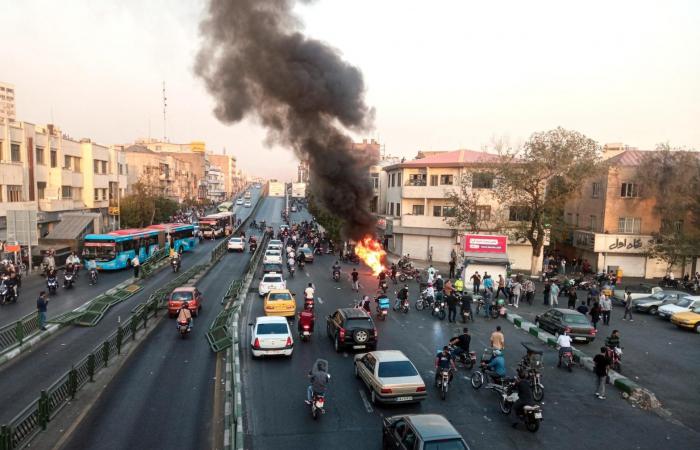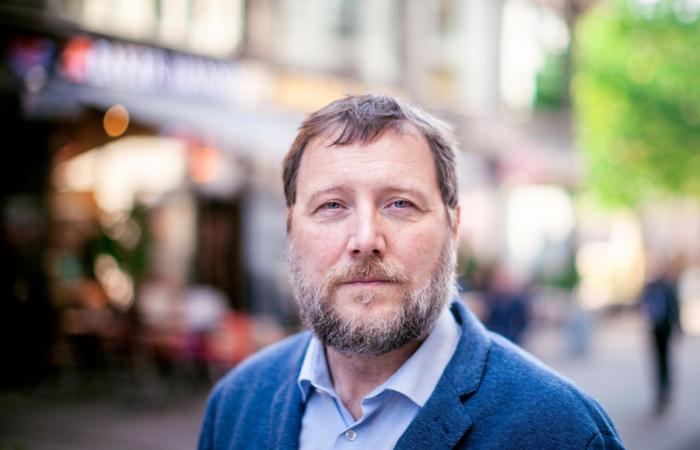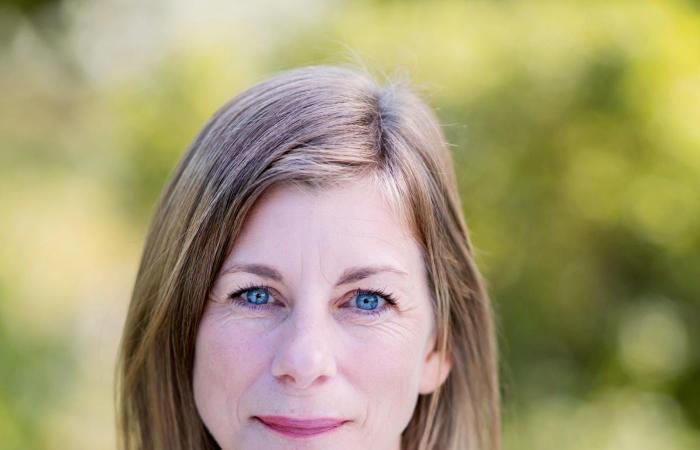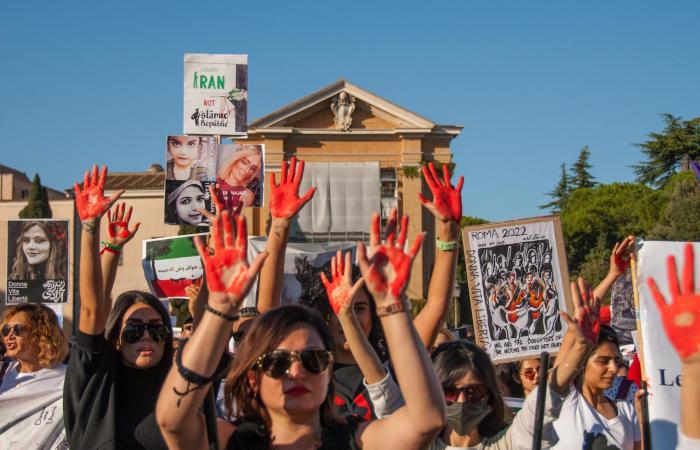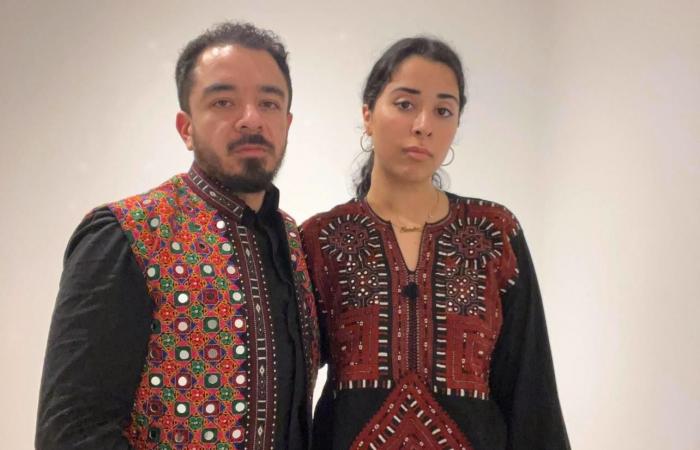Although they only make up around two percent of the population, a large proportion of those killed in Iran belong to the oppressed Baluchi minority. The authorities are possibly taking advantage of the situation, says an expert.
Less than 20 minutes ago
In September, Mahsa Amini (22) died, after collapsing in police custody three days earlier. She was arrested for “incorrect” use of the hijab.
The family and rights activists claim Amini was fatally struck in the head by the police, which officials deny.
A short time later, people took to the streets in Iran and around the world to demonstrate against the totalitarian regimes.
The Human Rights Organisation Amnesty International has documented 160 murders in Iran under the auspices of the governing authorities from 30 September to 10 November. 100 of those killed were Baluch.
– We have reason to believe that the real figure is much higher, says political adviser at Amnesty, Gerald Folkvord, to VG.
On November 22, the human rights group Iran Human Rights reports that 416 people have been killed by security forces since the beginning of the protests, among them 51 children and 27 women.
Of the 416 killed, 126 were in the province of Sistan and Baluchistan, where the Baloch people make up the majority of the population.
The EU reports on 24 November that a total of 14,000 people have been arrested in Iranian demonstrations.
VG has also written about Kurds being attacked in Iran and Turkey at the same time.
Extra brutal in Baloch areas
– We see that the proportion of Baluchis who are killed is disproportionate to the population. We always see this when it comes to demonstrations or the death penalty, which also applies to Kurds, says Folkvord.
He says that the security forces have been ordered to crack down mercilessly on the demonstrations.
– In Baluchi areas, the authorities have been extra brutal and quick to use lethal force, says Folkvord.
Marianne Hafnor Bøe is a professor at the University of Stavanger, and follows Iran closely. She believes that the authorities are harshest in the Baluchi areas because they fear that the demonstrations will spread and be linked to a liberation struggle.
– Do you think the Iranian authorities can use the situation to “get rid of” the Baluch?
– Unfortunately, I think that may be right. This is an opportunity to gag this part of the population, Bøe replies.

Oppression
Bøe explains that Baluchis typically come from lower social classes and poor areas.
– These are areas in Iran we hear little from, says Bøe.
– Baluch people have been subjected to oppression throughout modern history. Iranian authorities like to present Iran as a Persian and Shia Islamic state, but the fact is that almost half of the population belongs to ethnic or religious minorities.
Furthermore, Bøe says that all the minorities in Iran experience discrimination in the form that their language, culture and religion are not recognised.
– A good example is that Amini, who was Kurdish, was actually called Jina, but Kurdish or Baluchi names are not allowed to appear in the public papers. There is also discrimination when it comes to political representation, and in hiring processes those with an ethnic minority background can be given priority, says Bøe.
– There is a lot of classic racism – minorities are seen as an enemy, says Folkvord in Amnesty.
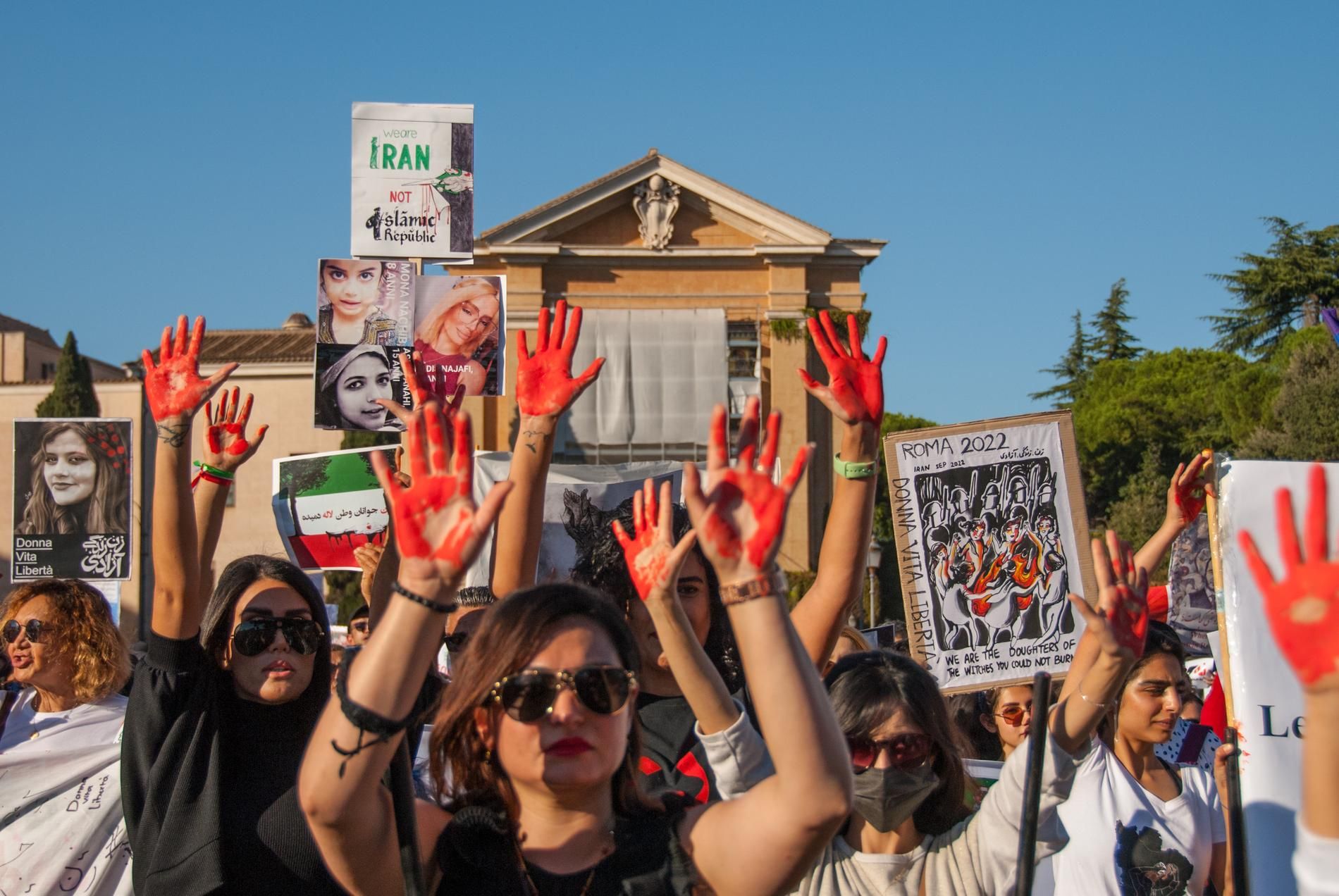
Experiences in Norway
Stefan Friberg Silva Santana and Aida Mirlashari are activists, and say that every weekend they demonstrate outside the Storting in Oslo. They want a free Iran, equality for women, freedom of speech, and to get rid of discrimination against minorities.
– I have often experienced that when I am asked by Iranians and Pakistanis where I come from, their view changes immediately. I have often experienced this among former colleagues in Norway, which is a result of the segregation that takes place in Baluchistan, both in the Iranian and Pakistani parts, says Mirlashari to VG. She is Baluchi.
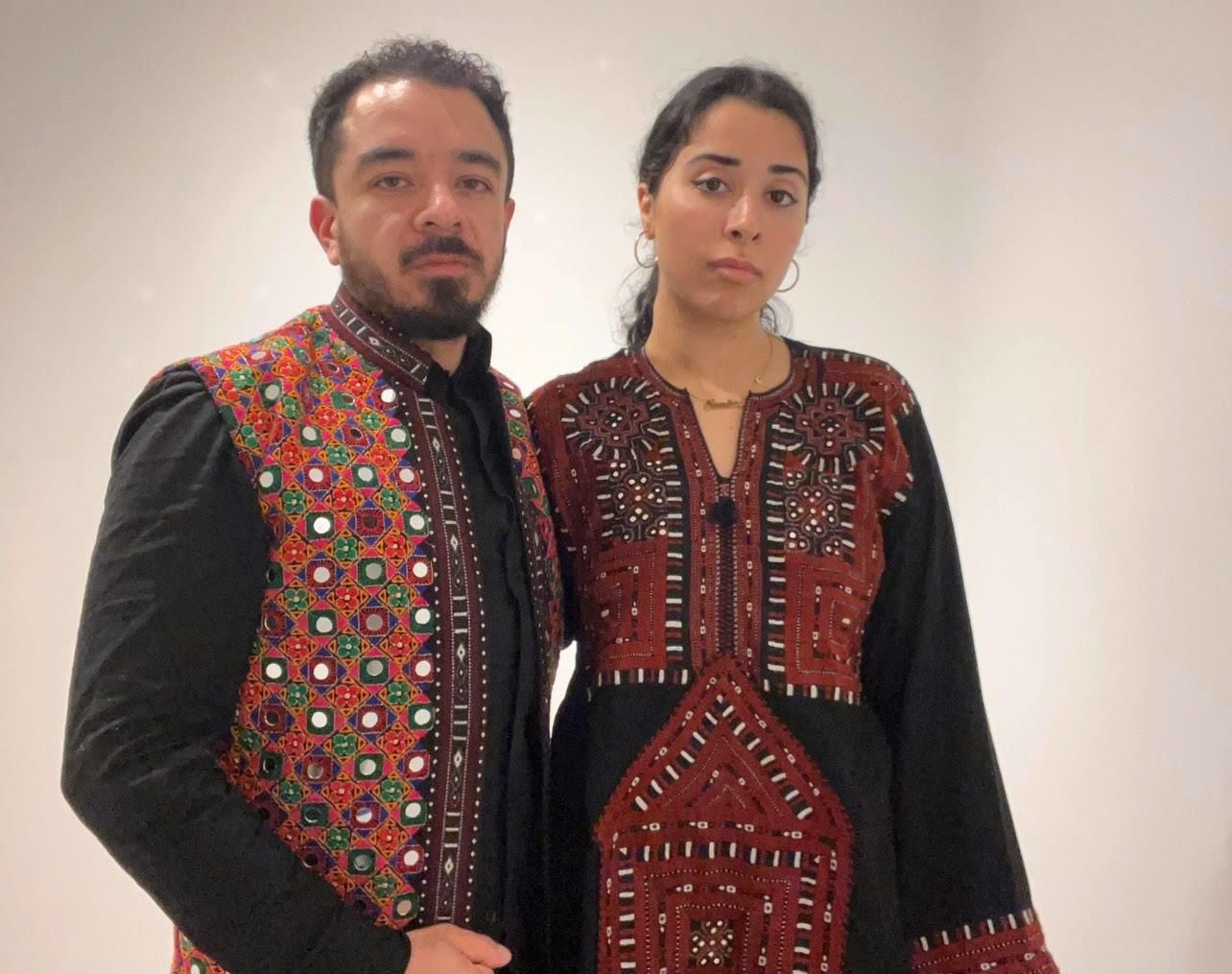
Santana says the majority of protesters in Iran are young people.
– They are desperate and think they have no future. One of the big differences in this “revolution” is that women are at the forefront. Everyone who takes part in the protests is risking their lives to bring about change, says Santana.
– People are afraid. The intelligence pursues them, and there are few Baluchis in Iran and in other parts of the world who dare to express their opinions, says Mirlashari.
On 13 November there were once again demonstrations outside the Storting:
Fighting together
Folkvord in Amnesty says that several groups are now fighting side by side. He claims that this frightens the Iranian authorities.
– There are some who think “we would have lived better lives if we were our own masters”. Then come the claims from the authorities that it is about defending the state, says Folkvord.
Professor Bøe says that if the minorities manage to unite, it will pose a huge threat to the regime.
– The protests are entering their third month, and have been going on for a surprisingly long time. At the same time, we have seen the authorities tighten their grip, and they have started handing out the death penalty to imprisoned protesters. They have also said that those who protest can be prosecuted as mohareb – an enemy of God. These are serious accusations, and I look at the development with concern, says Bøe.
– We will all stand together, regardless of our background, says activist Santana.
WATCH VIDEO – HERE ARE TENS OF THOUSANDS DEMONSTRATING IN BERLIN:
Published: 24.11.22 at 23:31

